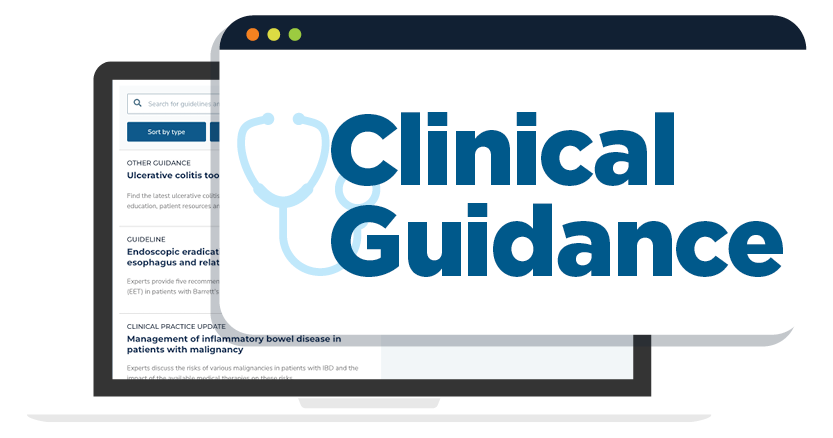1. The extent of Barrett’s esophagus should be defined using a standardized grading system documenting the circumferential and maximal extent of the columnar lined esophagus (Prague classification) with a clear description of landmarks and visible lesions (nodularity, ulceration) when present.
2. Given the significant interobserver variability among pathologists, the diagnosis of Barrett’s esophagus with low-grade dysplasia (LGD) should be confirmed by an expert gastrointestinal pathologist (defined as a pathologist with a special interest in Barrett’s esophagus–related neoplasia who is recognized as an expert in this field by his/her peers).
3. Expert pathologists should report audits of their diagnosed cases of LGD, such as the frequency of LGD diagnosed among surveillance patients and/or the difference in incidence of neoplastic progression among patients diagnosed with LGD vs. nondysplastic Barrett’s esophagus.
4. Patients in whom the diagnosis of LGD is downgraded to nondysplastic Barrett’s esophagus should be managed as nondysplastic Barrett’s esophagus.
5. In Barrett’s esophagus patients with confirmed LGD (based on expert gastrointestinal pathology review), repeat upper endoscopy using high-definition/high-resolution white-light endoscopy should be performed under maximal acid suppression (twice daily dosing of proton pump inhibitor therapy) in 8-12 weeks.
6. Under ideal circumstances, surveillance biopsies should not be performed in the presence of active inflammation (erosive esophagitis, Los Angeles grade C and D). Pathologists should be informed if biopsies are obtained in the setting of erosive esophagitis and if pathology findings suggest LGD, or if no biopsies are obtained, surveillance biopsies should be repeated after the anti-reflux regimen has been further intensified.
7. Surveillance biopsies should be performed in a four-quadrant fashion every 1-2 cm with target biopsies obtained from visible lesions taken first.
8. Patients with a confirmed histologic diagnosis of LGD should be referred to an endoscopist with expertise in managing Barrett’s esophagus–related neoplasia practicing at centers equipped with high-definition endoscopy and capable of performing endoscopic resection and ablation.
9. Endoscopic resection should be performed in Barrett’s esophagus patients with LGD with endoscopically visible abnormalities (no matter how subtle) in order to accurately assess the grade of dysplasia.
10. In patients with confirmed Barrett’s esophagus with LGD by expert GI pathology review that persists on a second endoscopy, despite intensification of acid-suppressive therapy, risks and benefits of management options of endoscopic eradication therapy (specifically adverse events associated with endoscopic resection and ablation), and ongoing surveillance should be discussed and documented.
11. Endoscopic eradication therapy should be considered in patients with confirmed and persistent LGD with the goal of achieving complete eradication of intestinal metaplasia.
12. Patients with LGD undergoing surveillance rather than endoscopic eradication therapy should undergo surveillance every 6 months times two, then annually unless there is reversion to nondysplastic Barrett’s esophagus. Biopsies should be obtained in four-quadrants every 1-2 cm and of any visible lesions.
13. In patients with Barrett’s esophagus-related LGD undergoing ablative therapy, radiofrequency ablation should be used.
14. Patients completing endoscopic eradication therapy should be enrolled in an endoscopic surveillance program. Patients who have achieved complete eradication of intestinal metaplasia should undergo surveillance every year for 2 years and then every 3 years thereafter to detect recurrent intestinal metaplasia and dysplasia. Patients who have not achieved complete eradication of intestinal metaplasia should undergo surveillance every 6 months for 1 year after the last endoscopy, then annually for 2 years, then every 3 years thereafter.
15. Following endoscopic eradication therapy, the biopsy protocol of obtaining biopsies in four quadrants every 2 cm throughout the length of the original Barrett’s esophagus segment and any visible columnar mucosa is suggested.
16. Endoscopists performing endoscopic eradication therapy should report audits of their rates of complete eradication of dysplasia and intestinal metaplasia and adverse events in clinical practice.













